Drought and early heatwaves are laying the stage for a dry, hot summer in the western part of the United States. As of June 22, almost 91 percent of the West was under drought, with 55 percent suffering extreme or exceptional dryness, while two back-to-back heatwaves worsened soil and vegetation drying, raising the risk of wildfires.
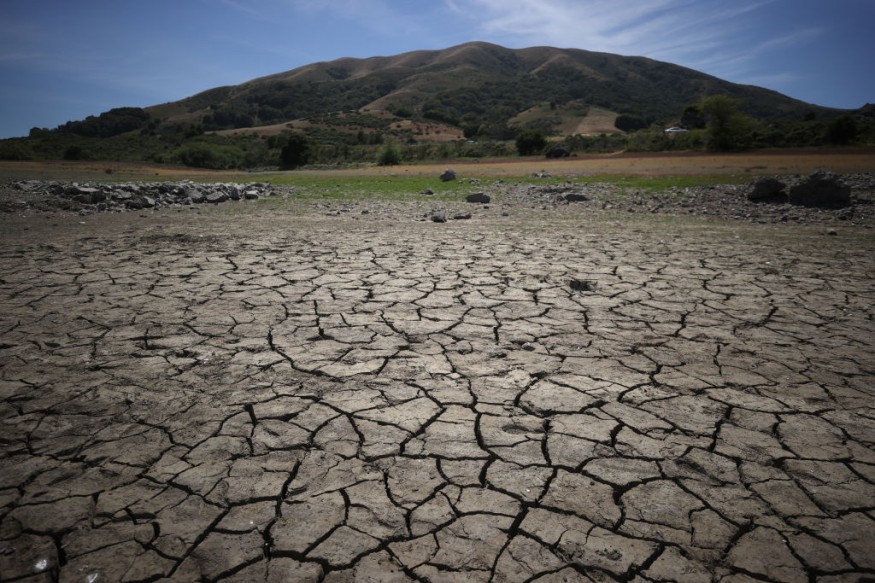
Meanwhile, water supplies are dwindling: according to the Associated Press, Lake Mead, the reservoir built by the Hoover Dam, is at its lowest level since it was initially filled in the 1930s, while California's reservoirs are 50 percent lower than typical for this time of year.
22 Year Drought
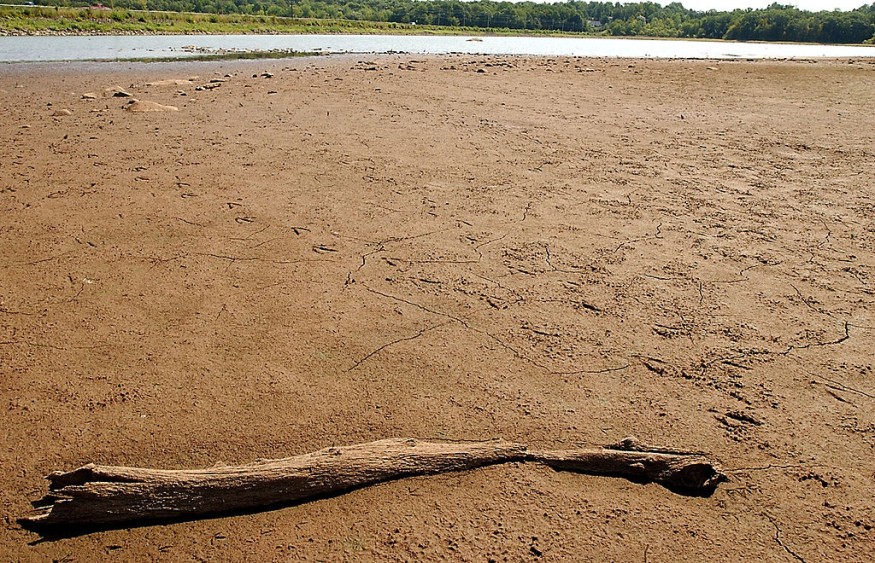
The present drought is part of a 22-year drought in the western United States, the likes of which had not been experienced in more than 400 years before 2000. However, according to Benjamin Cook, a climate scientist at NASA's Goddard Institute for Space Studies, this summer's drought would certainly surpass that of the previous two decades.
Cook told Live Science, "Even in the context of the previous 20 years of drought, this year really sticks out." "It's extremely likely to be the worst single year of drought in the Southwest since 2002."
Worsened by La Niña
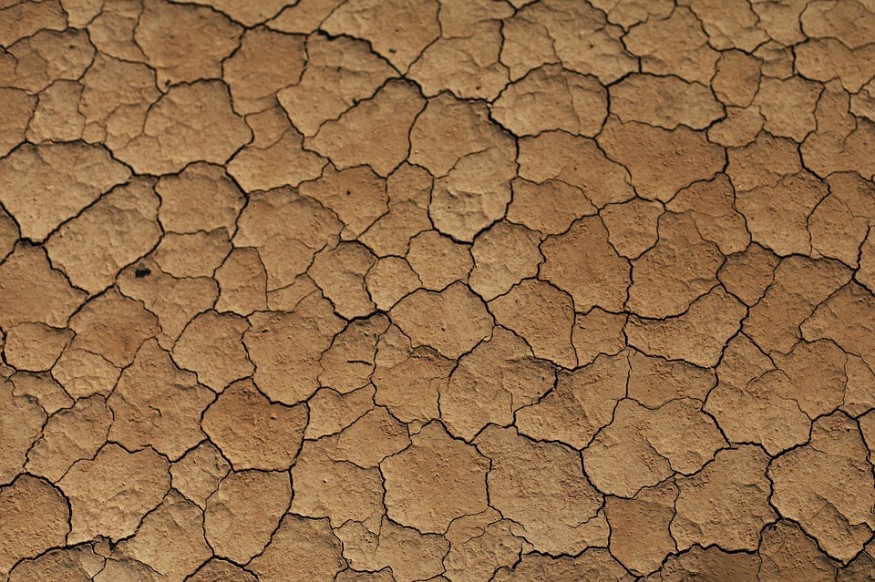
According to Scott Handel, a meteorologist with the National Oceanic and Atmospheric Administration, dryness in the West is exacerbated by La Niña conditions, which were present into winter 2020-2021. (NOAA). Surface temperatures in the eastern Pacific Ocean are colder than normal during La Niña, resulting in drier weather in the West.
Handel told reporters on June 17 that this natural fluctuation in Pacific temperatures is presently in a neutral state (neither La Niña nor El Niño). A return to El Niño circumstances - which bring more moisture to the Southwest - is unlikely through the winter.
Drought has been a part of the West's history for a long time. In the West, modern weather data stretch back just a century or so, while tree rings provide a longer record of rainy and dry years. These records, which date back as far as 2,000 years in some cases, show that lengthy, severe droughts occur even in the absence of climate change.
Several lengthy droughts occurred between the 800s and the 1500s, in particular. According to Mark Williams, a UCLA bioclimatologist, the most recent dry spell, which lasted 22 years, happened in the 1500s and lasted 30 years. In the 1200s, a less severe drought lasted a century.
Megadroughts
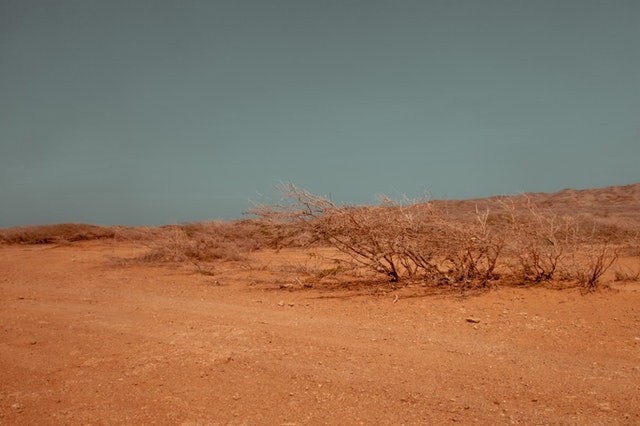
The present drought is comparable to previous "megadroughts," but it is worsened by climate change. According to research published in the journal Nature Climate Change on June 17, soil moisture has been trending lower and lower on the warmest days in the Southwest over the last seven decades.
According to the study, the top 5% of warmest days in the Southwest are now 22% drier than they were in the 1970s, with the situation worsening in California and Nevada, where they are 30% drier. According to study author Karen McKinnon, a climate scientist at UCLA, the dryness is attributed to a decrease in winter and spring precipitation.
Warmer Springs
Warmer spring temperatures contribute to increased evaporation and transpiration, or surface moisture lost to the atmosphere early in the season, as a result of climate change in Western states, where more winter precipitation falls as rain rather than snow. The reduction in river flow in the spring and summer is due to the decrease in snow and spring moisture.
And, according to Connie Woodhouse, a paleoclimatologist at the University of Arizona who studies ancient streamflow, these changes bounce back on themselves. Drought for several years in a row causes extra-dry soils, which absorb water that would otherwise flow into rivers and lakes.
Feedback Cycle
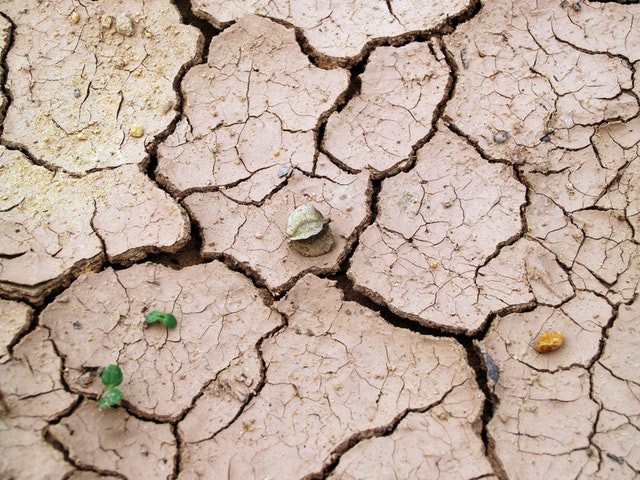
Drought, dry soils, and heat waves are all linked by a feedback cycle. Solar energy is used to heat and evaporate water in wet circumstances before raising the air temperature. Temperatures rise fast in dry cases because there is nowhere for that energy to go. With the appropriate meteorological circumstances, such as a high-pressure ridge that parked over the western United States the week of June 14, record-breaking temperatures might be expected.
According to Williams, all of this adds up to an area already prone to drought being pushed to the brink by climate change.
"We'd still be in a bad drought, and it'd still be one of the worst droughts in the last 400 years," Williams told Live Science, "but it wouldn't even come close to contending with the megadrought of the 1500s."
For more climate and weather updates, don't forget to follow Nature World News!
© 2025 NatureWorldNews.com All rights reserved. Do not reproduce without permission.

